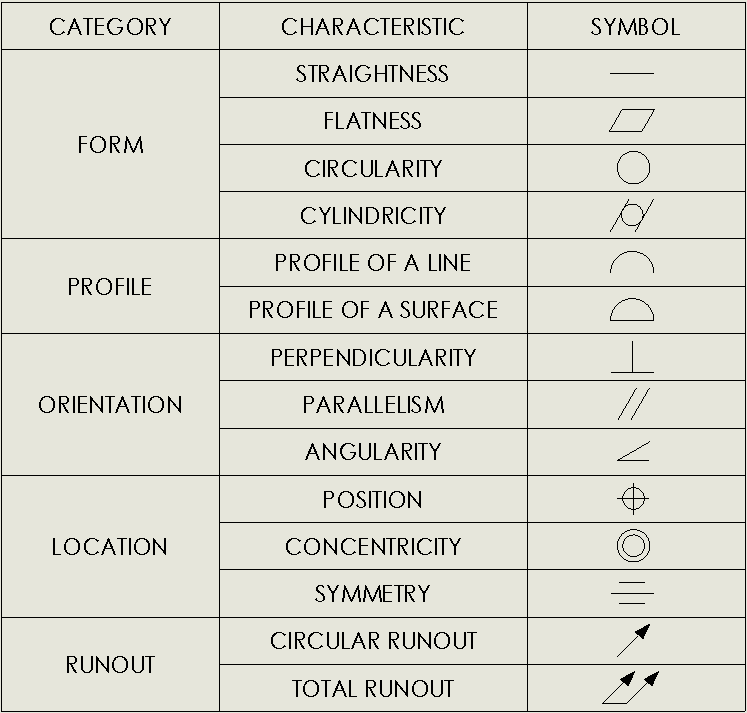Introduction to GD&T
Over the period of 8 class sessions, I had the opportunity to be enrolled in a course to learn more about not only the benefits of using GD&T, but the correct ways to use it. GD&T stands for geometric dimensioning and tolerancing. A very basic definition of it is to define the geometry of mechanical parts with the use of symbols, definitions, and rules. This blog, being in a series of blogs, will cover just a basic introduction into why GD&T is useful and to clear up some misconceptions.
What is GD&T?
GD&T is a language comprised of symbols that are used to clearly communicate manufacturing tolerances and constraints. On the surface, applying GD&T to a drawing can be confusing to understand. In some cases, there can be a variety of datum surfaces, feature control frames, and dimensions on a single print. However, understanding the job of each item will help to break down what exactly is happening within the drawing. Some people wonder why GD&T is so important and that’s because nothing is perfect. This allows for some wiggle room while still allowing everything to function as intended.
GD&T Controls
There are 5 main categories which are then broken down even more to separate characteristics. Below is a table showing all the categories along with each characteristic and symbol. In future blogs, we will be breaking down each section and describing uses and more information with use cases.
The form tolerances control how much and how far a surface can vary in size from its desired shape. Profiles, which are often used on contoured areas, define a boundary around a surface where any feature referenced must stay within. Orientation works to control the angles of parts/features. Location tolerances deal with how close or far a feature can vary from its exact location within a drawing. Finally, runout tolerances deal with a number of varieties in the part’s geometry, from profiles to angularity in a part’s features (this is mainly for total runout whereas circular runout deals with a datum axis).
We're so glad you took the time to read our blog! If you have any questions or need our contract services, please feel free to reach out to us anytime. We're always happy to help!

